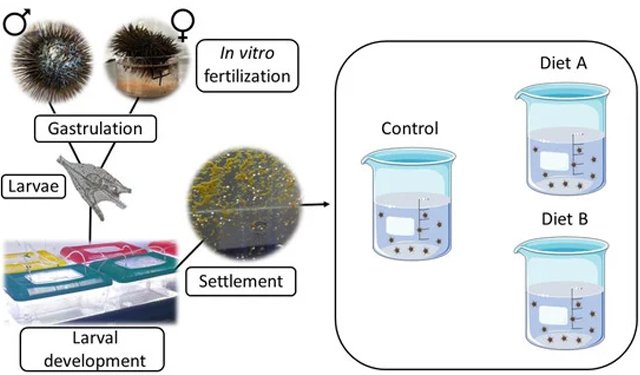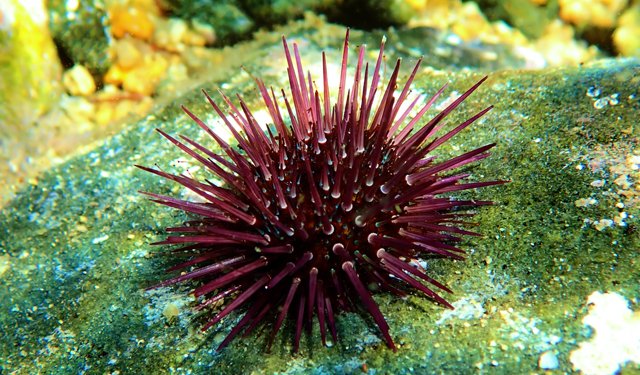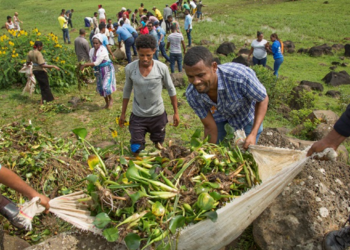Aquaculture. Italian research on sea urchin feed – The edible part of Paracentrotus lividus, increasingly appreciated by consumers, is represented by the gonads, more commonly called roe, sea urchin roe.
Today the exuberant demand for sea urchin roe from all over the world has caused severe pressure on wild stocks and the consequent need to develop aquaculture systems to produce enough of them. One of the major obstacles in the breeding of Paracentrotus lividus is the development of effective feed for the various life stages of the species.
It is on this need that a group of Italian scholars has conducted research, published in the Journal of Marine Science and Engineering, which aims to develop artificial feed for the post-larvae of Paracentrotus lividus, a fundamental step to improve their production capacity and post-larvae growth.
Italian researchers are working on the development of post-larval feeds
Maissa Gharbi, Francesca Glaviano, Serena Federico, Bruno Pinto, Anna Di Cosmo, Maria Costantino and Valerio Zuppo, in their study tested various natural components and preparations to accelerate growth and improve survival rates of post-larvae, taking into account abiotic and biotic factors influencing culture conditions in three replicate series of tanks, characterized by different volumes.

Spirulina and Ulva rigid
Formulated feeds were tested and compared with the effect of fresh foods in the framework of canonical cultural practices. The results of the research indicated the efficacy of a feed composed of spirulina and Ulva rigid. Statistical analyzes demonstrated the positive impact of this diet on post-larval growth, behavior and survival rates. Furthermore, researchers demonstrated the efficacy of feeds prepared in the sea urchin aquaculture system, because they facilitated manipulation and control of culture procedures for satisfactory growth of Paracentrotus lividus post-larvae.
Aquaculture. Italian research on sea urchin feed – Here it is possible to read the study entitled Scale-Up of an Aquaculture Plant for Reproduction and Conservation of the Sea Urchin Paracentrotus lividus: Development of Post-Larval Feeds.









